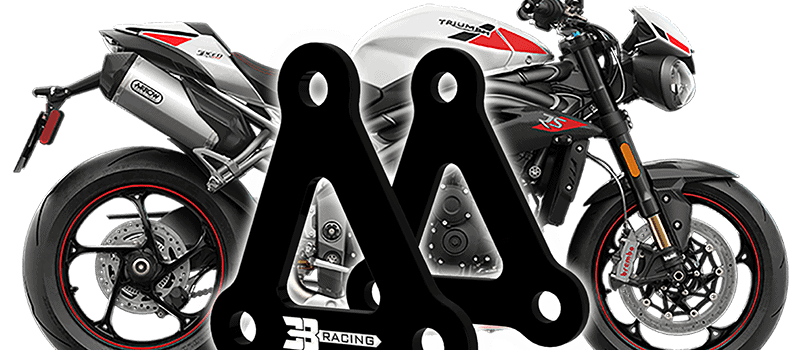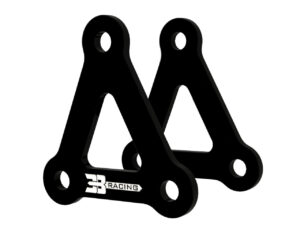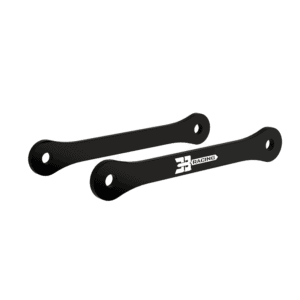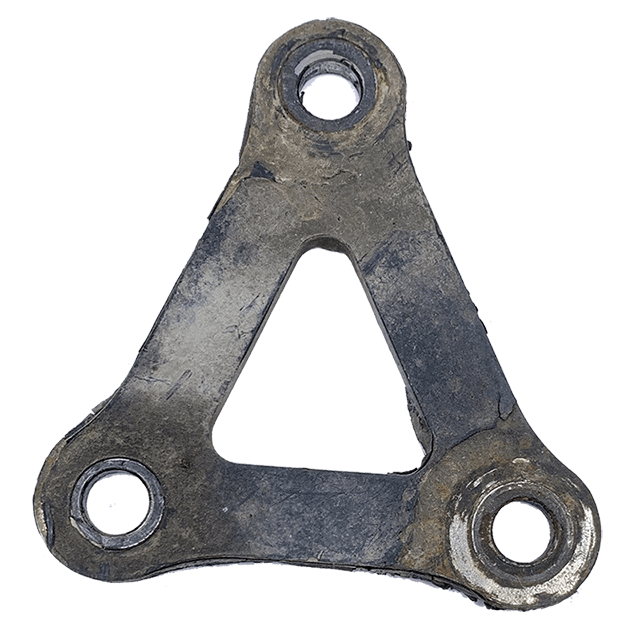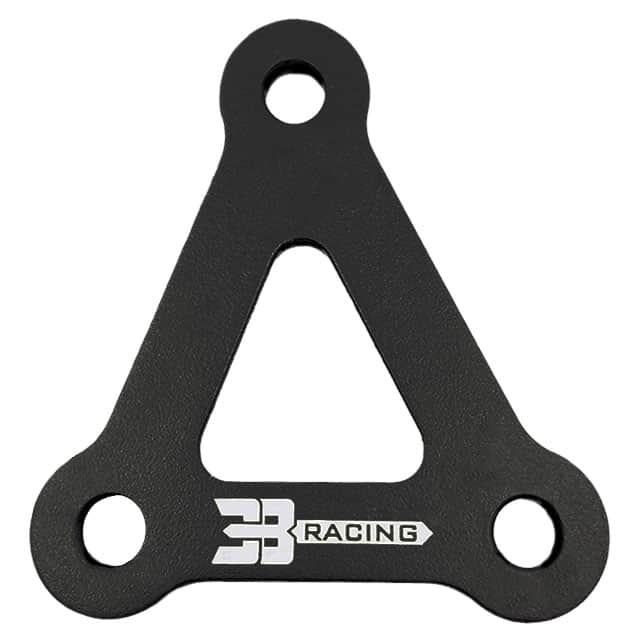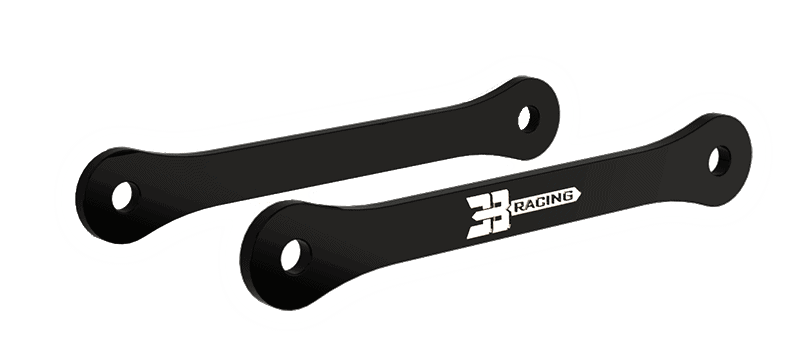For many years, protecting carbon steel from corrosion typically involved either the use of hot-dip galvanizing (HDG)* or some type of paint or powder coating system*. However, more and more corrosion specialists are utilizing both methods of corrosion protection in what is commonly referred to as a duplex system or duplex finish: simply painting or powder coating steel that has been hot-dip galvanized.
Triple B is the leading company bringing the benefits of Duplex Finish to motorcycle enthusiasts, giving access to next generation corrosion protection.
Note: If you are wondering why we use Carbon Steel instead of Stainless Steel please click here!
According to the American Galvanizers Association, Duplex Finish corrosion protection is superior to either protection system used alone and can last from 1.5 to 2.3 times the combined lifetimes of both systems:
The synergistic effect of using two coatings extends the service life for unparalleled corrosion protection, while the metallurgically-bonded galvanized coating serves as an ideal primer to provide an impervious barrier for the base steel. When paint and galvanized steel are used together, the corrosion protection is superior to either protection system used alone and can last from 1.5 to 2.3 times the combined lifetimes of both systems. In other words, if you had a paint system that lasts 10 years and a hot-dip galvanized system expected to last 70 years, the duplex system would last 120 – 200 years if you just let the paint and galvanizing wear away naturally.
Duplex Systems: Paint or Powder Coating over HDG – Galvanizeit.org – American Galvanizers Association *
The superiority of Duplex Finish in more detail:
Until now, steel parts used in the motorcycle industry are either galvanized or powder coated but not both.
Hot-dip galvanization is basically the process of coating iron and steel with zinc. When done correctly (i.e. according to the ASTM standards), the zinc layer provides cathodic and barrier protection, preventing the steel from oxidizing, resulting in a longer part life.
Another issue with the hot-dip galvanized steel is surface imperfections. Due to the nature of the Hot Dip Galvanization (HDG) process, surface imperfections such as excess zinc formed on the surface of the steel, high spots or pits may exist on parts. Such minor imperfections on Hot Dip Galvanized parts may not be considered as manufacturing defects, but this does not change the fact that the surface finish is far from aesthetically pleasing. If you look close enough at the surface of the hot-dip galvanized steel you’ll notice that it resembles the surface of the moon.
So due to the dull finish, variance in appearances, and surface imperfections many manufacturers and designers prefer powder coated steel over hot-dip galvanized steel. Also in general the initial cost of powder coating process is cheaper than hot-dip galvanizing.
However, the biggest issue with powder coating or painting bare steel as the only barrier against corrosion in moving parts (i.e. drop and drag links of the rear suspension system of a motorcycle) is that the powder coating or paint under the fasteners won’t last long. This happens because, in a moving part like suspension drop or drag link fixed with nuts and bolts, the fasteners scrape the paint, exposing the bare steel underneath. Since there is no protecting layer anymore, the exposed metal starts to corrode rather quickly.
So why choose between HDG or Powder Coating when you can have both in Duplex Finish?
We don’t like installing a dull looking part or a part that will look good for a short period of time but then eventually corrode on our own bikes. Guess no one does. Every rider that we know of, who is passionate about their bikes likes to use the highest quality product that truly lasts. Since we have the capability, experience and know-how to manufacture high tensile strength steel parts with Duplex Finish, without substantially increasing the price, we thought why not.
As a result we started manufacturing 3B Racing Lowering Link Kits, made out of special high tensile strength steel with Duplex Finish that can truly outlast the lifetime of your motorcycle. We think you’ll also appreciate the quality of Phantom Black Matte finish in these products.
Since we are confident in our manufacturing process, 3B Racing Lowering Link Kits with Duplex Finish come with a Limited 5 years (Five years) Warranty against corrosion.
*Please kindly note that the link opens up in a new window taking you over to a third party website, namely Galvanizeit.org that belongs to the American Galvanizers Association.
Triple B Worldwide, Inc. has no affiliation, and/or association, whatsoever with the American Galvanizers Association, nor their website Galvanizeit.org. The link appears on this page in order to provide you more information on the subject and for citing the source of the quote used on this page.

